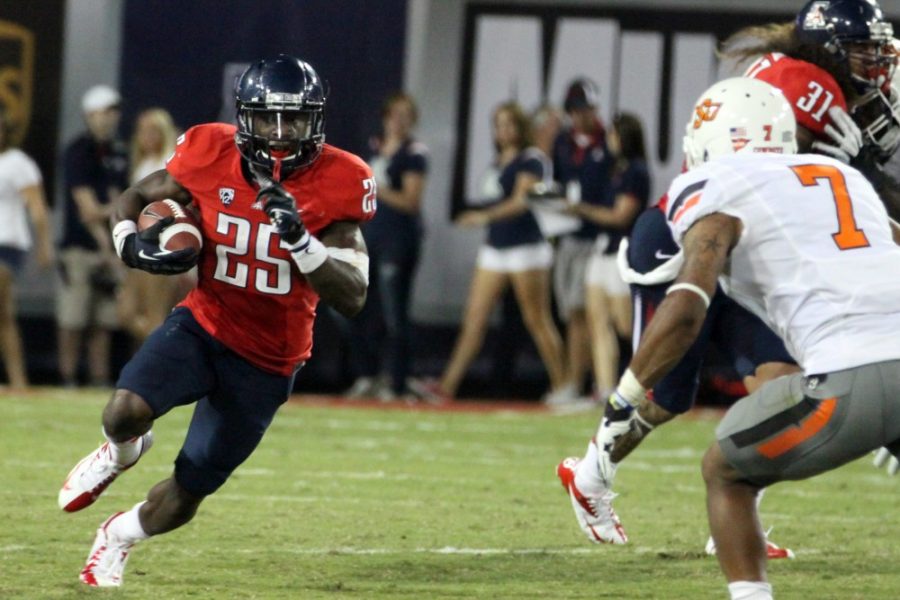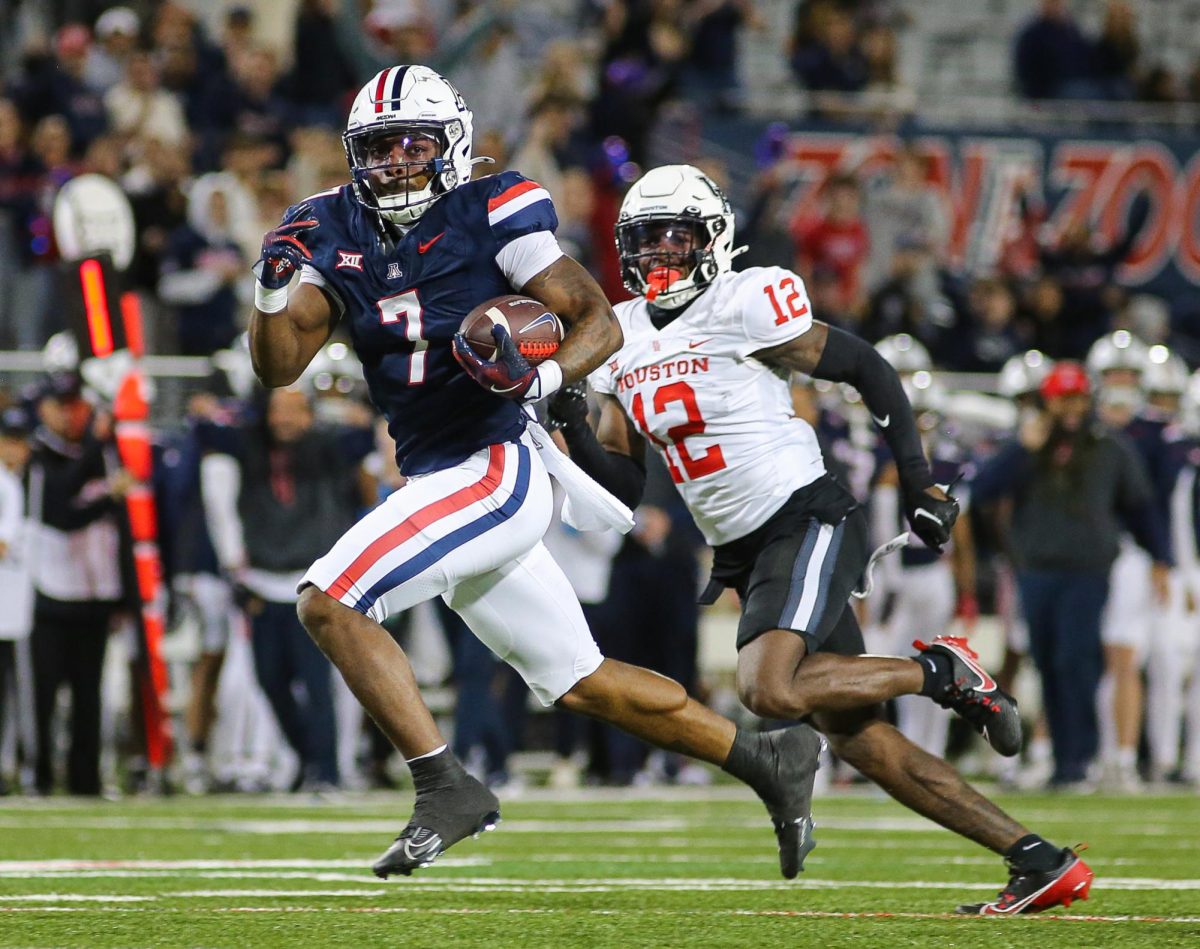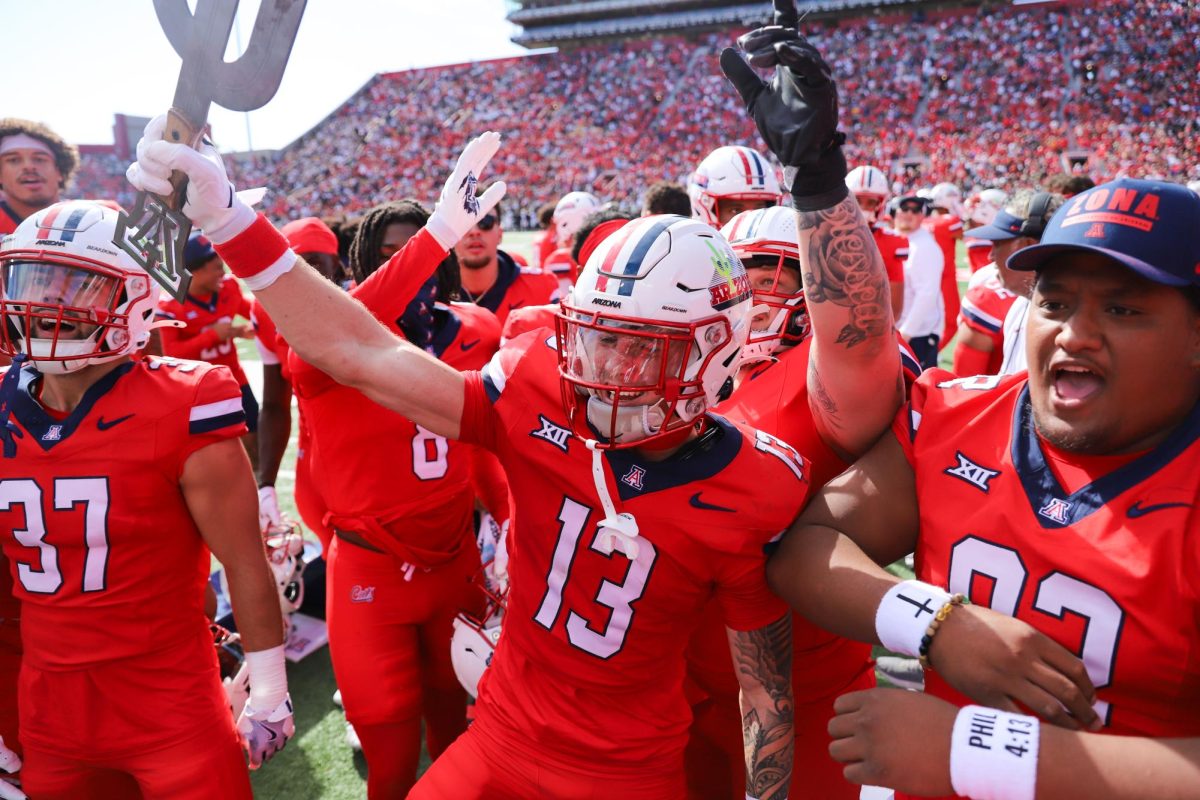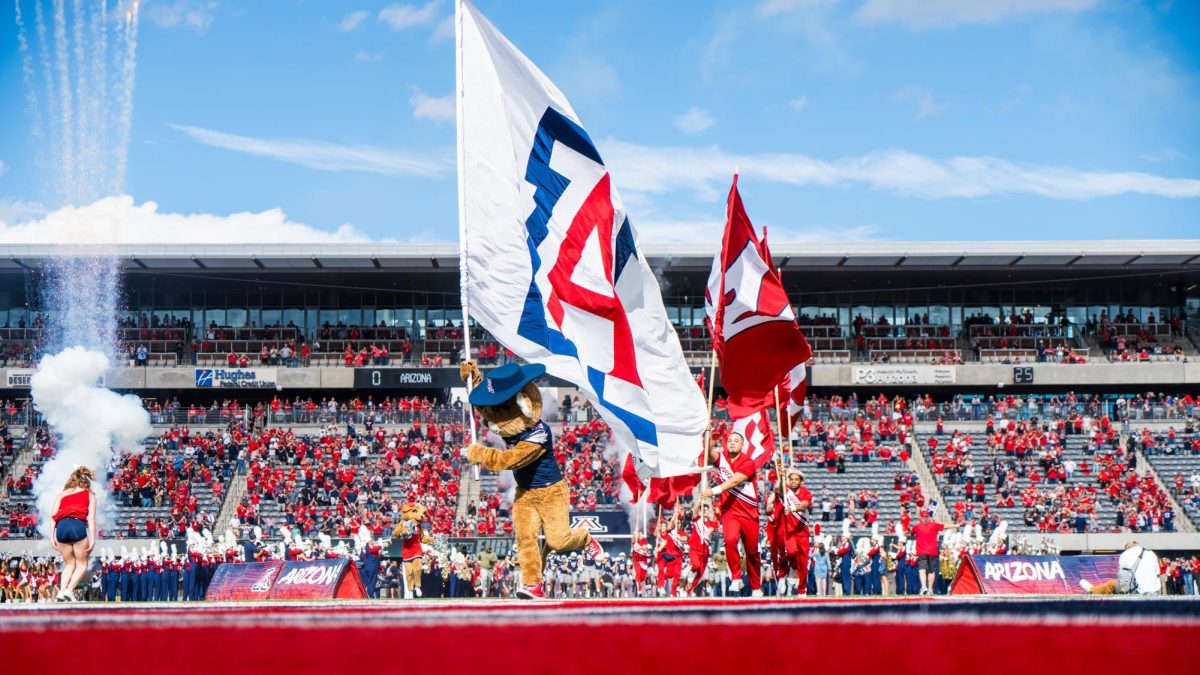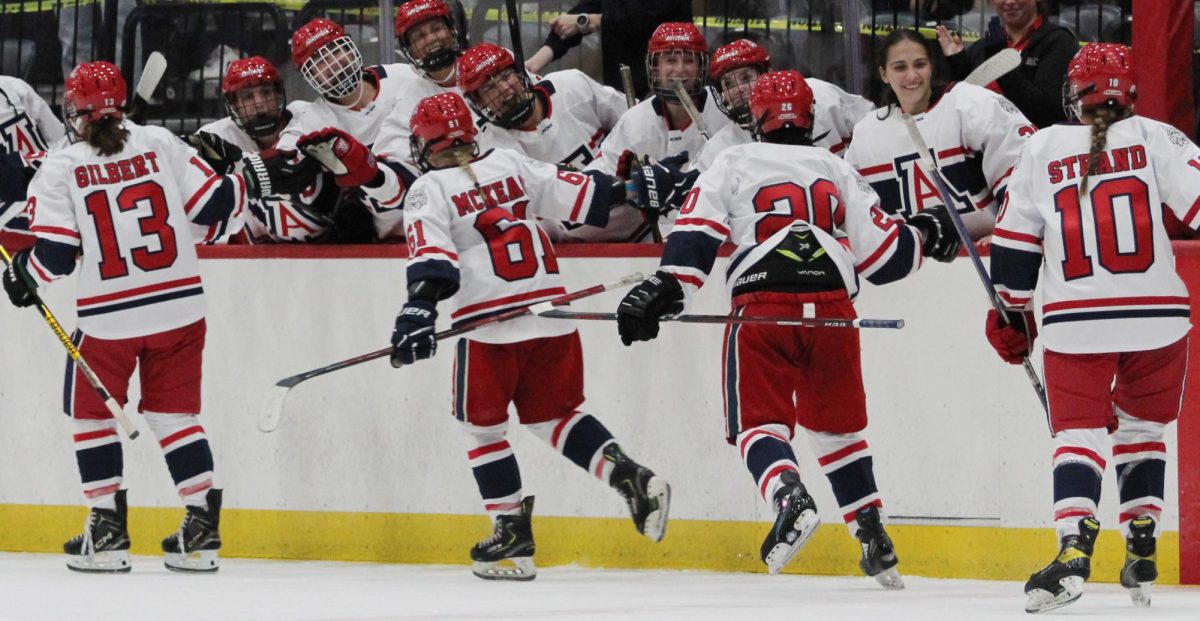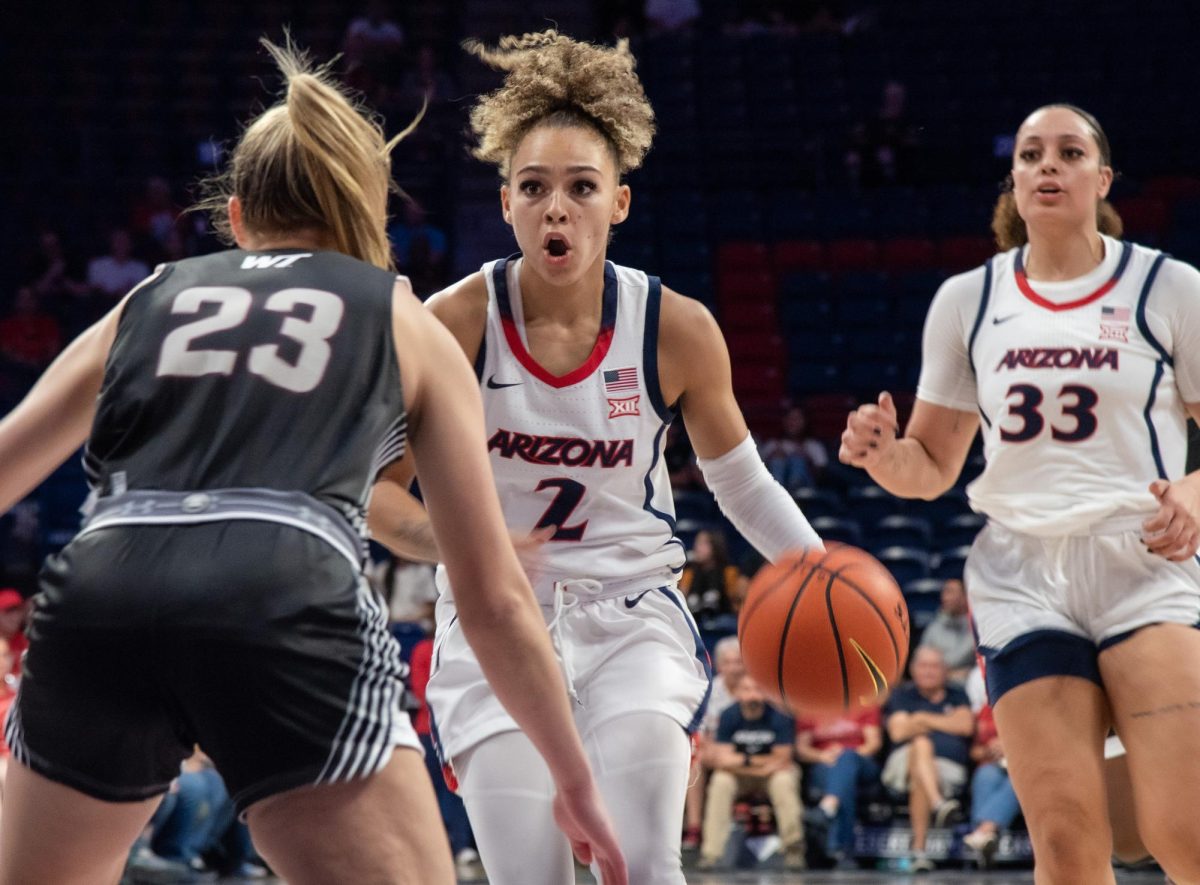Partly because of injuries, but mostly because its soaring expectations have been grounded again, Arizona (3-3, 0-3 Pac-12) is getting a fresh start to its season.
After dropping three straight Pac-12 contests, the Wildcats had a bye last week and used the time to not only heal physically, but mentally. Arizona has yet to play its entire Pac-12 South schedule, meaning the Wildcats’ 0-3 start in conference play does not end Arizona’s season where it stands.
“I don’t know, I’d like to think of is as a clean slate, rather than a second half,” Arizona head coach Rich Rodriguez said Monday. “There was some good, some bad, but a lot to learn from. I think our guys understand that.”
Of its three losses, the only game Arizona didn’t keep close was the 49-0 drubbing at Oregon a month ago. Since then, the Wildcats have suffered injuries at quarterback, safety, wide receiver, linebacker and along the offensive and defensive line.
“The way these injuries are, some of these just take time to heal up, unfortunately,” Rodriguez said.
So while the Wildcats may not be getting every player on the injury report back by Saturday for their game against Washington, Arizona does have the opportunity to put the last six games behind them and finish a completely different team.
Familiar feeling
Rodriguez has not shied away from referring to his team as small this season, especially on defense.
The problem with being so small is that, when teams like Stanford use two tight ends that could both suit up on college basketball courts, the Wildcats are often overmatched and pay for it on the scoreboard.
They face the same test this weekend in 6-foot-6-inch, 266 pound Washington tight end Austin Seferian-Jenkins, who is third on his team with 538 receiving yards and has six touchdowns.
“We have to try and get a couple guys on him whenever he’s in route,” linebacker Jake Fischer said. “The last game, we played [Stanford’s] tight ends very well. We can’t make it easy on him.”
Stanford’s tight ends combined for 205 yards and two touchdowns on the Wildcats defense.
“We struggle with big, physical, receiver-type tight ends. We have to be competitive and make a play on the ball,” Rodriguez said.
Red zone struggles continue on defense
Against Oregon last month, the Wildcats ventured into the red zone as an offense six times and produced zero points.
Against Stanford, Arizona’s defense allowed the Cardinal to venture into the red zone six times for six scores.
Fischer believes it comes down to one player making, or not making a play.
“The past couple games, where one man would have done his job right, we could have potentially got a field goal,” Fischer said.
“If we all played our responsibility, we could have held them to field goals. We have to hold up our end of the bargain going forward.”



